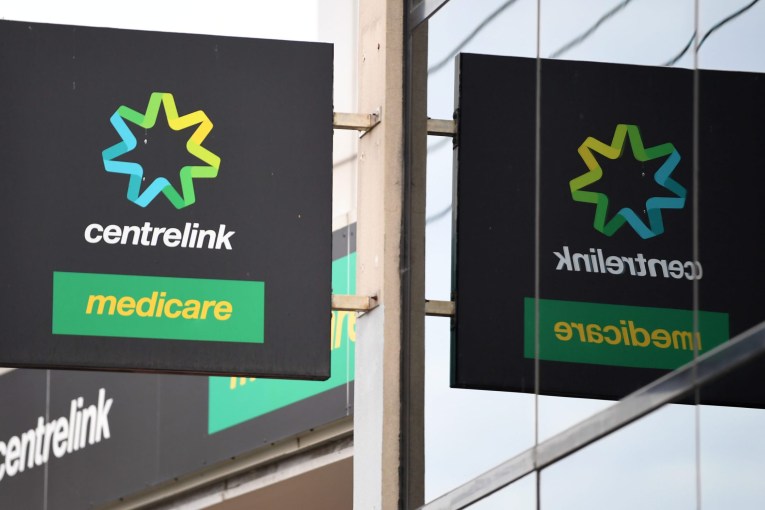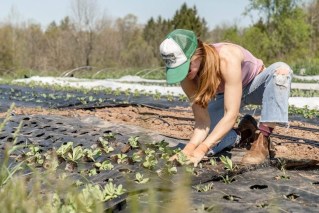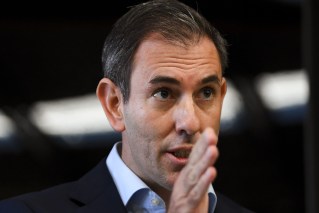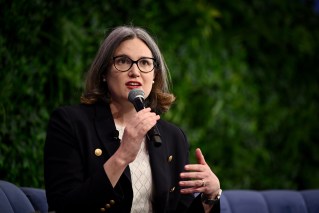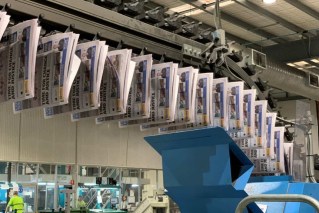Inland Rail on track but still has its doubters
It is the $10 billion, nation-building, east coast infrastructure project that was never a priority for taxpayers and viewed with suspicion in focus groups.
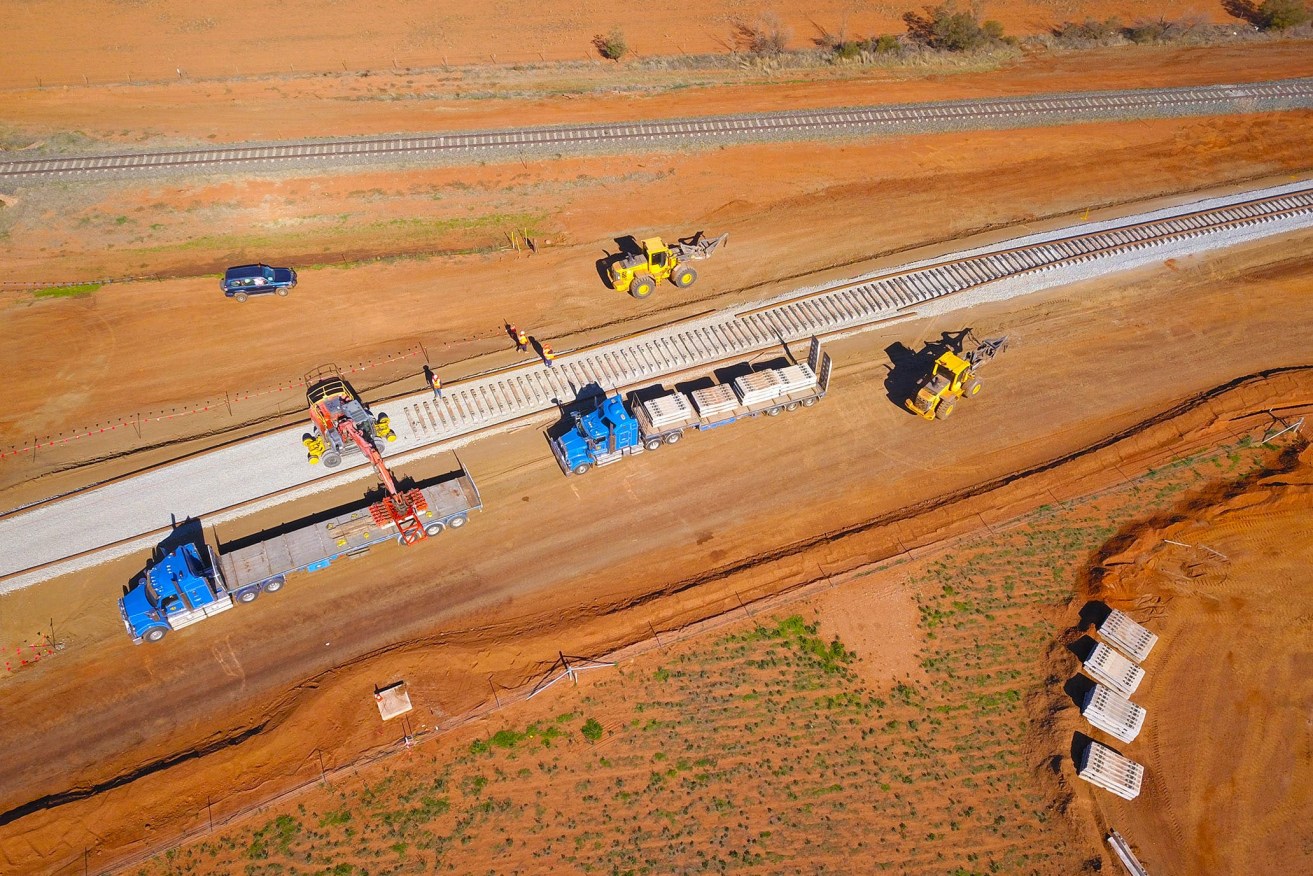
Rail lines and sleepers being laid in Parkes, NSW, for the North West Connection of the Inland Rail project. (Photo: Australian Rail Track Corporation)
But the 1700km Inland Rail project, stretching from Victoria to Queensland, is forging ahead, even as critics continue to air concerns in focus groups and parliamentary hearings.
One of the biggest questions is why the rail line will take an estimated 200,000 truck movements off roads by 2049-50 but leave them running in Brisbane’s congested southern suburbs, where there is no clear plan to get the freight to the port. That could limit the overall benefits.
Inland Rail has been on the drawing board for decades, but started to become a reality 15 years ago. Currently divided into 13 different works projects, including a 6km tunnel through the Toowoomba range, its backers have promised 16,000 construction jobs, 700 ongoing jobs and a $16 billion boost to Australia’s gross domestic product.
The Federal Government has committed most of the funds and paid $800,000 for a Sydney-based company, Brian Elton and Associates, to provide “Inland Rail Communication Advice” for the project. Their advice, recently tabled in federal parliament, reveals the lack of a dedicated Brisbane port connection was only one of the issues that needed explaining.
For such a bold endeavour, the project has suffered from limited public awareness and uncertain levels of support. Even raising Inland Rail proved a tricky exercise for the consultants.
“Demonstrating the low level of general awareness of Inland Rail, across all the groups, several people asked why they were only just hearing about Inland Rail for the first time,” one report states.
“This led to a discussion of who decides that major projects such as Inland Rail will progress, who is involved in their planning and delivery and what consultation is undertaken, particularly with affected communities. For some, the perceived ‘vacuum of information’ caused suspicion.”
The consultants found “most members of the community do not consider freight rail to be a key infrastructure priority”. However, when asked to nominate the main benefit out of the project, 24 per cent said taking trucks off roads, with some support for the intent of Inland Rail at least.
A Senate committee is holding an inquiry into the management of the project by the government and its Australian Rail Track Corporation. It has received almost 200 submissions, and last month held hearings in Queensland.
In Brisbane, the lack of a suitable port connection appeared to dominate discussions while in Milmerran the threat of poor route selection flooding communities and farmland was more pressing.
“At the end of the day these are people’s homes that we’re talking about,” said local woman Vicki Battaglia.
“This level of destruction is unacceptable. Had it been the result of a natural disaster instead of a poorly planned rail route, all the elected officials would be out here visiting, shaking hands and hugging those affected. Instead, all we hear is crickets.”
The ARTC, which has carriage of the project, used its submission to acknowledge community concerns over a lack of transparency.
It also pushed for governments to provide certainty over routes and port connections, insisting Inland Rail would provide widespread benefits to outweigh the concerns.
“Governments, communities, producers and the transport industry all recognise that Australia needs the Inland Rail Project to be delivered,” the ARTC submission states.
“The local and national benefits for many Australians are well documented. This is a project that delivers safety, environmental benefits and economic value across the country. However, we also recognise that delivering Inland Rail has meant many people living in communities along the route have felt a deep and personal impact.”
Last year, the Port of Brisbane released a Deloitte Access Economics study outlining the benefits of double-stacked trains running all the way to shipping terminals, not just to a depot at Acacia Ridge.
State and federal governments then agreed to a $40 million business case for the port connection, separate to an ongoing analysis of measures to increase the usage of existing rail lines in the area.
The committee is due to report in September.
